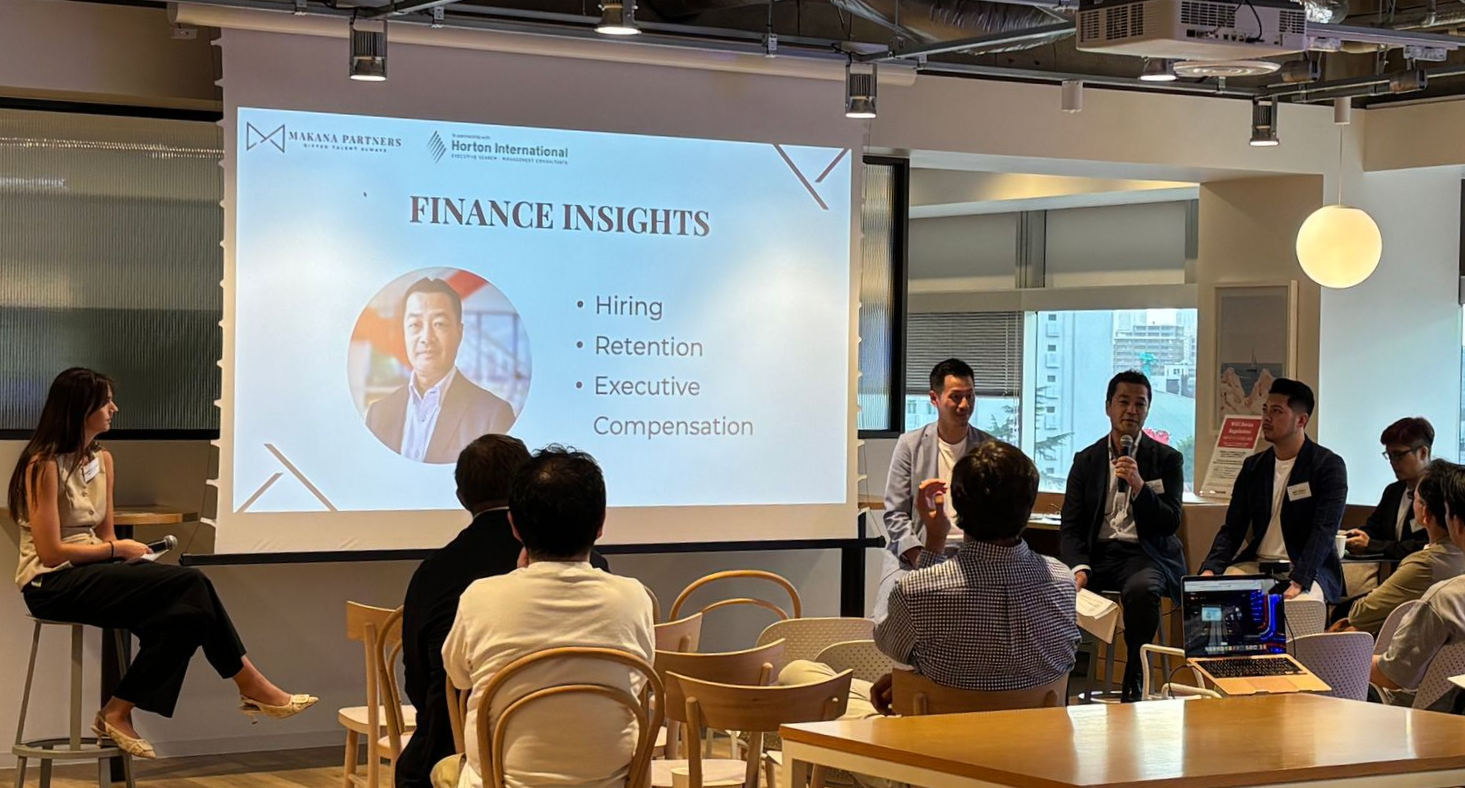Japan’s Corporate Leadership at a Crossroads: Balancing Tradition, Innovation, and Global Competitiveness
The landscape for Japanese executives is undergoing a profound transformation as the nation faces an unprecedented demographic crisis, marked by a record population decline of 908,574 in 2024 alone [1]. Business leaders must evolve beyond traditional frameworks to maintain global competitiveness, navigating not only declining birth rates but also the complex intersection of technological disruption, multigenerational workforce dynamics, and heightened expectations for corporate responsibility. Japan’s aging society presents both challenges and opportunities, with more than 18% of the population becoming “late-stage elderly” by 2025 and acute labor shortages emerging across critical sectors [2].
Forward-thinking organizations are responding by embracing workforce diversification, as evidenced by the foreign workforce reaching a record 2.3 million in 2024, more than double the figure of a decade earlier. Skilled foreign professionals holding “Engineer/Specialist in Humanities/International Services” visas have grown 2.7-fold since 2016, with approximately 410,000 contributing to Japan’s knowledge economy, marking a fundamental shift in how talent is acquired and retained [3].
In parallel, successful executives are cultivating “cross-generational communication competencies” as workplaces now include Baby Boomers (15%), Generation X (31%), Millennials (36%), and Generation Z (18%), each with distinct motivations ranging from financial incentives to work-life integration and professional development [4]. This generational diversity intersects with the enduring cultural practice of nemawashi, or consensus-building, which often consumes 60–70% of project timelines [5].
To balance cultural preservation with competitive urgency, leaders are pioneering “Agile Nemawashi” methodologies, achieving 30% faster proposal approvals while maintaining full stakeholder alignment. Such approaches highlight that cultural respect and operational speed can coexist when strategically managed. Meanwhile, digital transformation remains critical, with Japan’s Ministry of Economy, Trade and Industry warning of a looming “2025 digital cliff” that could cost the economy JPY 12 trillion annually without accelerated digitization. Despite this urgency, only 42.7% of Japanese companies have adopted generative AI utilization policies, compared to over 90% in countries like the United States, Germany, and China, leaving both a challenge and opportunity for leaders able to integrate tradition with innovation [6].
AI adoption is already demonstrating measurable gains, boosting labor productivity by 0.5–0.6% at the macroeconomic level. Yet successful integration requires a sophisticated understanding of Japan’s evolving regulatory environment, particularly the Act on the Protection of Personal Information (APPI) and the newly enacted AI Promotion Act of May 2025. The latter positions Japan as “the most AI-friendly country in the world” while maintaining strict privacy protections, demanding executives ensure transparency, obtain proper consent, and uphold ethical standards aligned with both domestic law and global ESG expectations. ESG performance has emerged as another decisive factor in global competitiveness, with foreign investors rating Japanese companies’ average ESG performance at just 45 out of 100 and even national leaders scoring only 68. This gap impacts valuation and investment attractiveness, underscoring ESG competency as a critical leadership skill. Companies authentically committed to sustainability, supply chain transparency, and stakeholder engagement are proving more successful in attracting both capital and top-tier talent. [7][8]
The future of Japanese corporate leadership will therefore hinge on developing “horizontal management competencies” focused on context, complexity, and connectedness, moving beyond traditional vertical hierarchies toward collaborative leadership models that effectively manage diverse, multinational teams. Essential capabilities include global business acumen to navigate cross-border complexities while respecting cultural nuances, technology leadership that embraces AI and automation within ethical and legal frameworks, multigenerational management that leverages diverse workforce motivations, agile decision-making that adapts consensus processes to modern market speeds, and ESG integration that embeds sustainability into core strategy. Japanese executives who successfully combine cultural depth with global sophistication will shape the next era of corporate leadership, preserving traditions such as long-term thinking and collaborative decision-making while adapting operations for contemporary demands.
The strongest-performing companies are already implementing comprehensive digital transformation strategies, not limited to technology adoption but extending to business processes, organizational culture, and stakeholder engagement. Leaders capable of orchestrating these multifaceted transformations while upholding Japan’s heritage of quality, precision, and stakeholder consideration will secure sustainable competitive advantages. As Japan faces demographic transition, technological disruption, and global expectations, the executives who thrive will treat complexity as an opportunity for innovation rather than a constraint. Over the next five to ten years, the true test for Japanese leadership will be whether it can fuse traditional wisdom with modern agility, forging a uniquely Japanese model of competitiveness that may serve as a blueprint for other developed nations navigating similar challenges.
Citations
[1] AFP (2025). Japanese population sees record drop in 2024. [online] The Economic Times. [Accessed 27 August 2025].
[2] https://www.facebook.com/zmagen (2025). Navigating the Japan 2025 Problem – How The Aging Population is Reshaping Japan - Nippon Tradings. [online] Nippon Tradings. [Accessed 26 August 2025].
[3] THE和RKERS. (2025). Japan’s Foreign Workforce Hits Record High: What’s Driving the Surge? | THE和RKERS. [online] [Accessed 26 August 2025].
[4] ケイコ オカ (2025). ダイバーシティと多世代型組織. [online] リクルートワークス研究所 [Accessed 27 Aug. 2025].
[5] Koda, Y. (2025). Nemawashi: Building Consensus in Japan - Simplifying Japan Entry. [online] Simplifying Japan Entry [Accessed 25 Aug. 2025].
[6] Notion. (2025). The AI workspace that works for you. | Notion. [online] [Accessed 27 August 2025].
[7] Ibanet.org. (2025). Japan’s emerging framework for responsible AI: legislation, guidelines and guidance. [online] [Accessed 27 August 2025].
[8] Whitecase.com. (2024). AI Watch: Global regulatory tracker - Japan | White & Case LLP. [online] [Accessed 26 August 2025].










